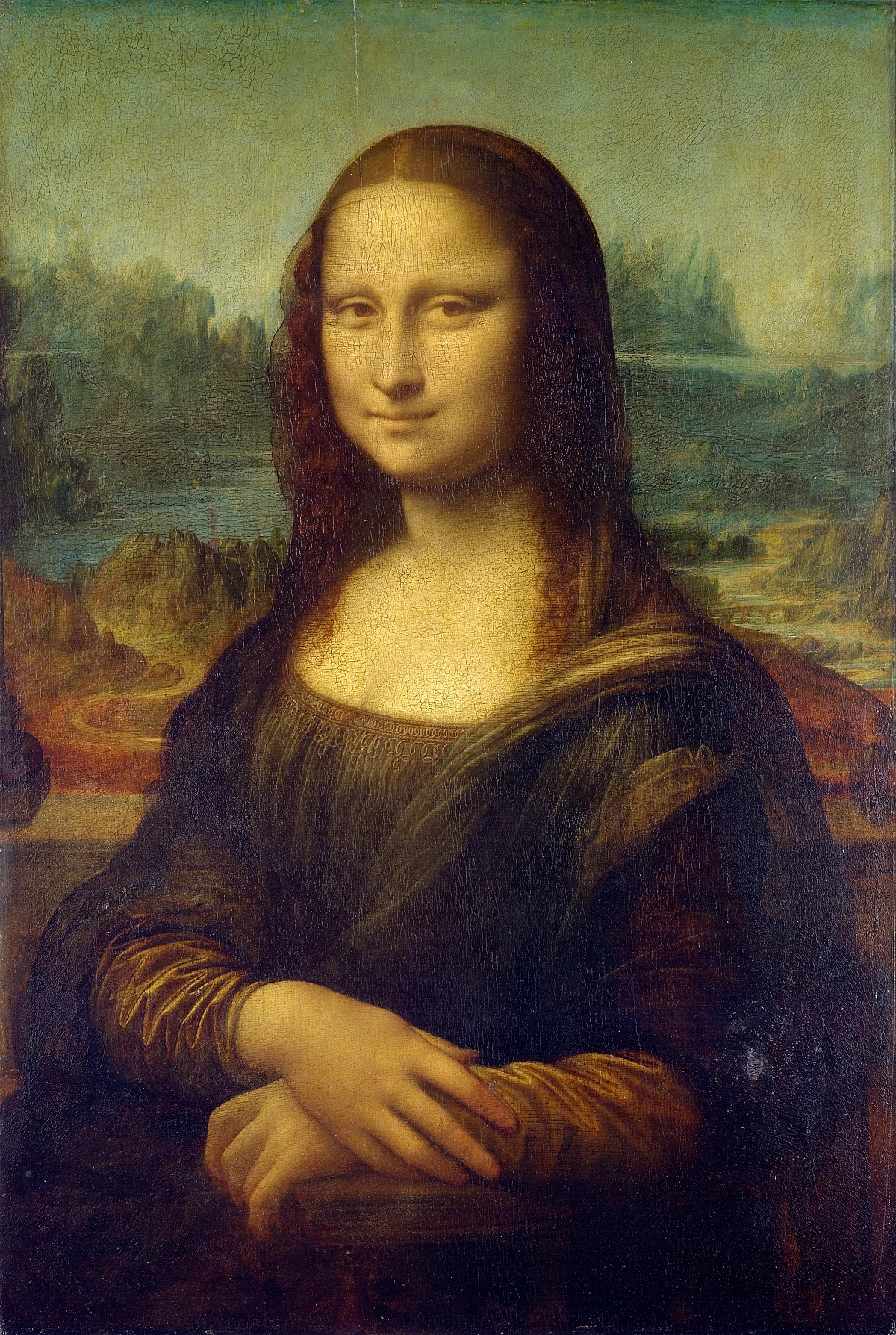 |
||||
|
The Renaissance Art Period
The Renaissance was a transformative art movement that emerged in Europe during the 14th to 17th centuries, marking a significant shift in cultural, intellectual, and artistic pursuits. Originating in Italy, the Renaissance derived its name from the French word "renaître," meaning "rebirth," as it sought to revive the classical ideals of ancient Greece and Rome. This period witnessed a revival of interest in humanism, scientific inquiry, and artistic expression, ultimately transforming the way art was perceived, created, and valued. One of the fundamental characteristics of the Renaissance was its emphasis on humanism, a philosophy that celebrated the worth, potential, and dignity of the individual. This renewed focus on human intellect and accomplishment led to a resurgence of interest in the study of classical literature, philosophy, and science. Artists, scholars, and thinkers of the time looked to the works of ancient Greece and Rome for inspiration, embracing ideals such as balance, proportion, and harmony in their creative endeavors. Renaissance art was characterized by a departure from the predominantly religious subject matter of the preceding medieval period. While religious themes remained significant, artists began to explore a broader range of subjects, including mythology, history, portraiture, and the natural world. This diversification of subject matter allowed for a more human-centered approach to art, with artists seeking to portray the beauty and complexity of the world and human experience. One of the most notable developments during the Renaissance was the introduction of linear perspective, a technique that created an illusion of depth and spatial recession on a two-dimensional surface. Artists such as Filippo Brunelleschi and Leon Battista Alberti pioneered the mathematical principles behind linear perspective, allowing for a more realistic representation of space and objects. This innovation revolutionized the way artists depicted landscapes, architecture, and human figures, enabling a more immersive and naturalistic portrayal. Another hallmark of Renaissance art was the use of chiaroscuro, a technique that employed contrasting light and shadow to create a sense of depth, volume, and three-dimensionality. Artists such as Leonardo da Vinci and Caravaggio mastered this technique, infusing their works with a heightened sense of drama, realism, and emotional intensity. The Renaissance also witnessed significant advancements in artistic mediums and techniques. Oil painting gained prominence during this period, as it allowed for greater color intensity, luminosity, and fine details. Artists like Jan van Eyck and Titian capitalized on this medium to create richly textured and vibrant compositions. Sculpture, too, flourished during the Renaissance, with artists like Michelangelo and Donatello pushing the boundaries of marble carving, creating dynamic and lifelike figures that displayed exceptional technical skill and emotional depth. Patronage played a crucial role in the flourishing of Renaissance art. Wealthy merchants, nobles, and the church provided financial support and commissions to artists, allowing them the freedom to experiment, innovate, and produce their masterpieces. Prominent families like the Medici in Florence and the Sforza in Milan became renowned patrons, fostering an environment conducive to artistic growth and creativity. The Renaissance was not confined to a single artistic style but encompassed various regional variations. In Italy, the High Renaissance period saw the apex of artistic achievement with artists like Leonardo da Vinci, Michelangelo, and Raphael creating monumental works of art that embodied the ideals of balance, beauty, and grandeur. In Northern Europe, artists like Albrecht Dürer and Hans Holbein the Younger developed their distinctive styles, incorporating intricate detail, symbolism, and rich symbolism into their works. Overall, the Renaissance was a transformative period in the history of art, marking a departure from medieval traditions and ushering in a new era of humanistic expression, scientific exploration, and artistic innovation. Its legacy can be seen in the countless masterpieces that continue to inspire and captivate. See Also: Exploring the Origins of Renaissance Art
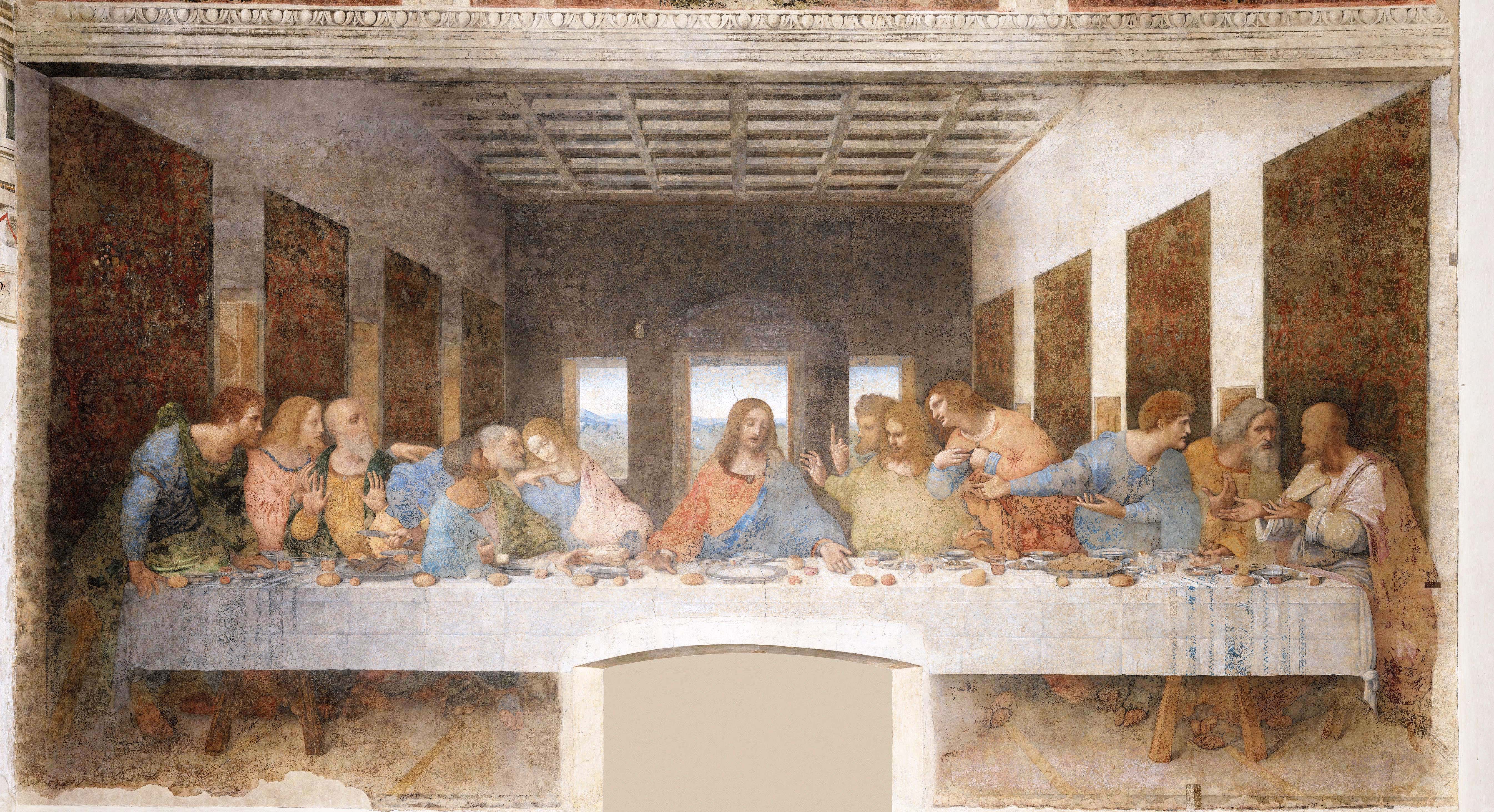
Art Forms of the RenaissanceWhen people think of the Renaissance various types of art exemplify the art period. They include: Painting Painting was a dominant form of artistic expression during the Renaissance. Artists used various techniques and mediums, such as tempera, fresco, and oil painting, to create their works. Religious subjects remained significant, including altarpieces, biblical scenes, and religious portraits. Additionally, mythological themes, historical events, and secular subjects gained prominence. Artists like Leonardo da Vinci, Michelangelo, Raphael, Titian, and Botticelli produced iconic paintings that are celebrated to this day. Sculpture Sculpture experienced a remarkable revival during the Renaissance. Artists explored the medium of marble and bronze, creating intricate and realistic sculptures that showcased exceptional technical skill. The human figure was a central focus, with sculptors aiming to capture naturalistic poses, anatomy, and emotional expression. Sculptors such as Michelangelo, Donatello, and Gian Lorenzo Bernini produced renowned works that continue to inspire awe. Architecture Renaissance architecture aimed to revive the classical principles of ancient Greece and Rome. Architects drew inspiration from Roman forms, including columns, arches, and domes, and incorporated mathematical principles to achieve balance and harmony in their designs. Prominent architectural achievements of the period include Filippo Brunelleschi's dome of the Florence Cathedral, Andrea Palladio's villas in Italy, and St. Peter's Basilica in Vatican City, designed by Michelangelo and later completed by Carlo Maderno and Gian Lorenzo Bernini. Printmaking The Renaissance witnessed significant advancements in printmaking techniques, particularly woodcuts and engravings. Artists such as Albrecht Dürer and Hieronymus Bosch utilized these methods to reproduce their artworks on a larger scale and reach a broader audience. Printmaking played a crucial role in disseminating artistic ideas, spreading knowledge, and fueling the exchange of artistic styles across Europe. These art forms, among others, exemplified the diverse and innovative spirit of the Renaissance, reflecting the era's fascination with humanism, classical ideals, scientific inquiry, and the exploration of new artistic techniques. The legacy of Renaissance art continues to shape and inspire artists and art enthusiasts to this day.
|
|
|||
|
|
||||
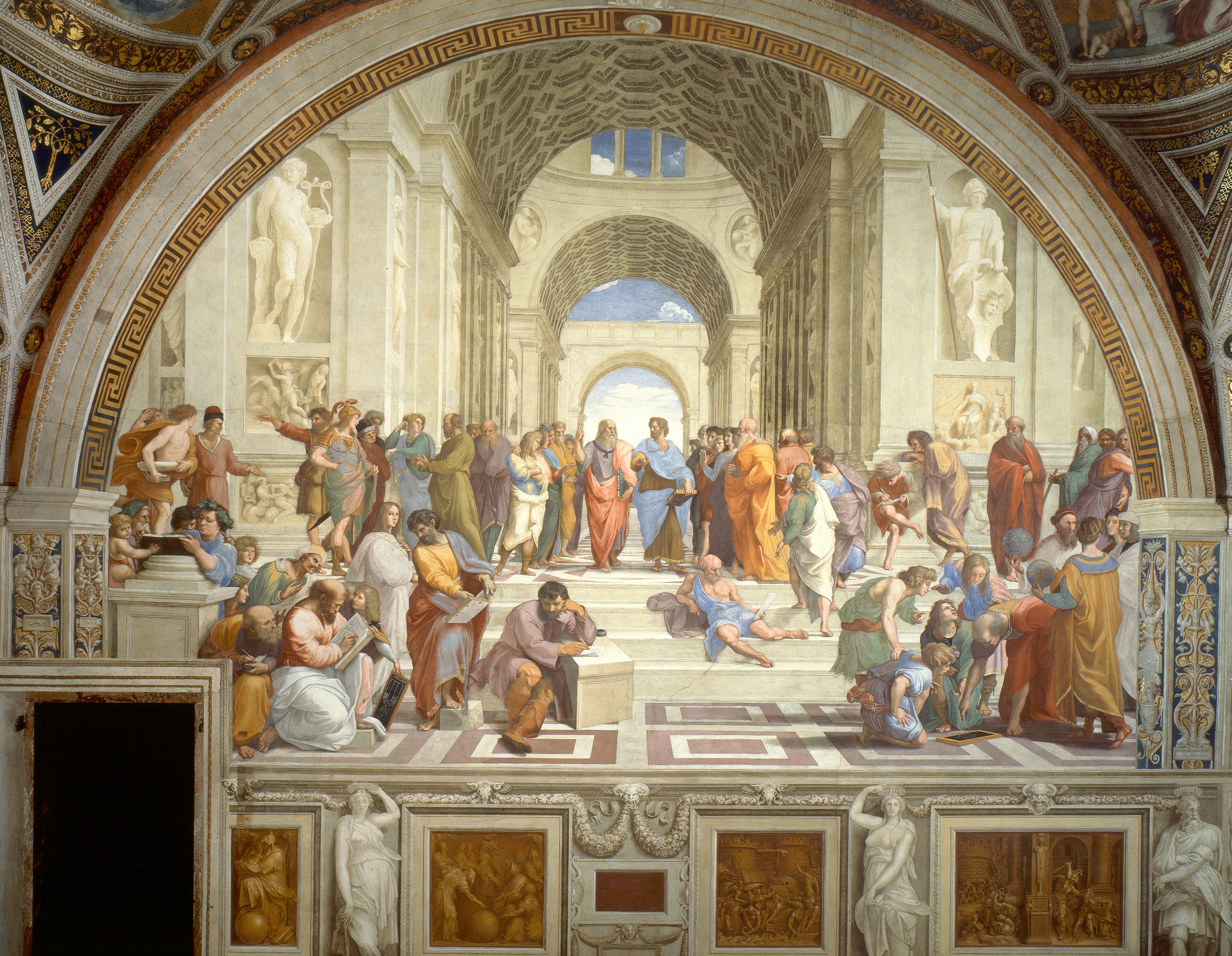
The Five Most Important Renaissance PaintingsChoosing the five most important paintings from the Renaissance is a subjective task, as numerous artworks from this period hold great significance and have contributed to the development of art. However, the following five paintings are widely recognized as masterpieces that exemplify the artistic achievements and themes of the Renaissance: "Mona Lisa" by Leonardo da Vinci: Painted between 1503 and 1506, this portrait is considered one of the most famous and iconic paintings in the world. The enigmatic smile of the sitter, the meticulous attention to detail, and the innovative techniques employed by Leonardo, such as sfumato (subtle blending of colors and tones), make this work a symbol of Renaissance art. "The Last Supper" by Leonardo da Vinci: Created between 1495 and 1498, this monumental mural painting depicts the biblical scene of Jesus sharing his last meal with his disciples. Located in the refectory of the Convent of Santa Maria delle Grazie in Milan, Italy, it showcases Leonardo's mastery of composition, perspective, and expression, capturing the emotional reactions of the figures. "The School of Athens" by Raphael: Painted between 1509 and 1511, this fresco is one of the most celebrated works of Raphael. Found in the Vatican's Apostolic Palace, it depicts a gathering of philosophers, scientists, and mathematicians from classical antiquity. The composition, harmonious colors, and skillful portrayal of the figures embody the spirit of the Renaissance and its fascination with classical knowledge. "The Creation of Adam" by Michelangelo: This fresco, located on the ceiling of the Sistine Chapel in Vatican City, was painted by Michelangelo between 1508 and 1512. It depicts the biblical scene from the Book of Genesis in which God gives life to Adam. The iconic image of God's outstretched hand about to touch Adam's represents the divine spark of creation and showcases Michelangelo's mastery of anatomical form and monumental scale. "The Birth of Venus" by Sandro Botticelli: Created around 1484-1486, this painting is a quintessential example of the mythological and allegorical themes popular during the Renaissance. It portrays the goddess Venus emerging from the sea on a seashell, surrounded by nymphs. The graceful figures, delicate colors, and mythological subject matter reflect the renewed interest in classical mythology and Neoplatonic philosophy during the period. While these five paintings are widely regarded as important Renaissance works, it is crucial to note that numerous other masterpieces from this period have had a profound impact on the art world, including works by Titian, Caravaggio, Jan van Eyck, and many others. The Renaissance produced a vast array of extraordinary paintings that continue to captivate and inspire audiences today.
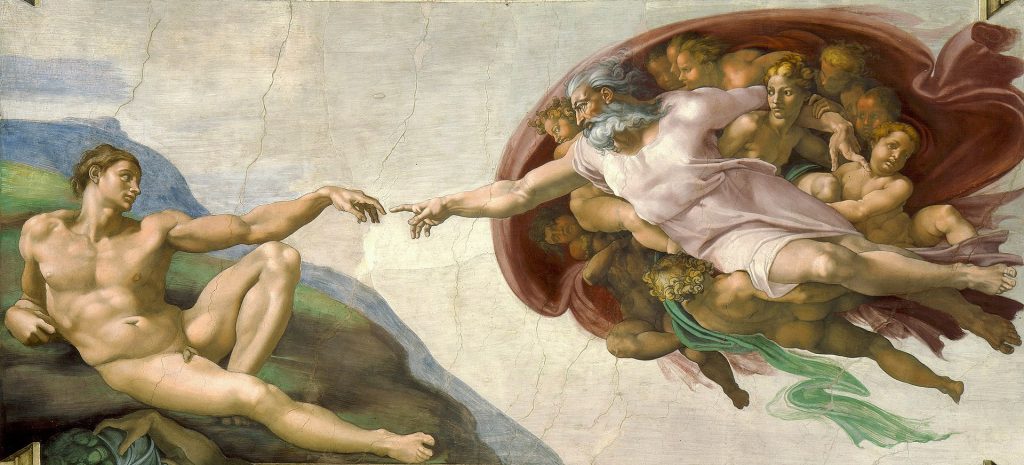
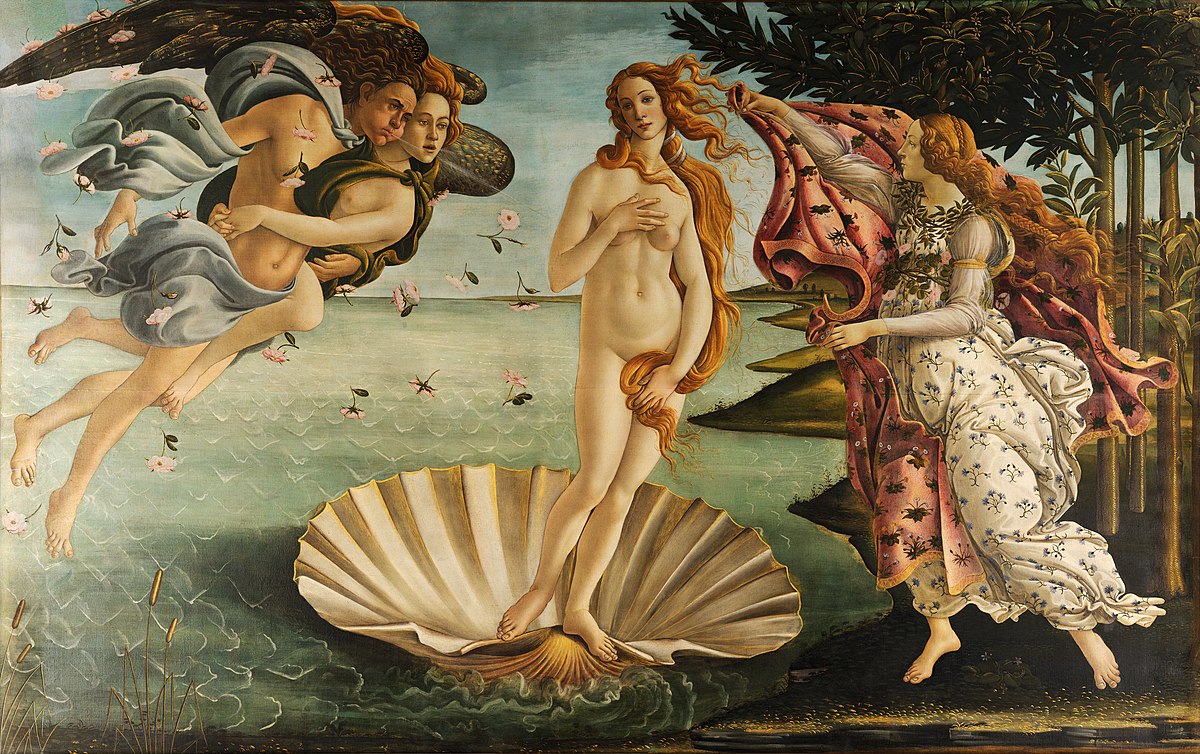
Renaissance ArchitectureRenaissance architecture emerged in Europe during the 14th to 17th centuries and marked a significant shift from the prevailing Gothic style of the preceding era. Inspired by the classical architectural forms of ancient Greece and Rome, Renaissance architects sought to revive and emulate the principles of balance, harmony, and proportion found in classical architecture. This period witnessed remarkable advancements in architectural design, construction techniques, and urban planning, leaving a lasting impact on the built environment. One of the defining characteristics of Renaissance architecture was its emphasis on symmetry and mathematical precision. Architects meticulously studied the works of ancient Roman architect Vitruvius and sought to apply his principles of proportion and symmetry to their designs. They employed mathematical ratios, such as the Golden Ratio, to achieve harmonious and balanced compositions. Renaissance architects revived and reinterpreted classical architectural elements, such as columns, arches, and domes. They employed orders of columns, including Doric, Ionic, and Corinthian, to create visually pleasing and structurally sound buildings. The use of pilasters, shallow columns attached to the walls, became a common feature, adding a sense of verticality and elegance. The dome, a hallmark of Roman architecture, was reimagined during the Renaissance. Filippo Brunelleschi's dome of the Florence Cathedral, completed in 1436, exemplified the innovation of the period. Its self-supporting structure, achieved through a double-shell construction and the ingenious use of herringbone brickwork, demonstrated the mastery of engineering and aesthetics. Urban planning and civic architecture were also significant aspects of Renaissance architectural endeavors. City squares, palaces, and public buildings were designed to reflect the ideals of the time. Prominent examples include the Palazzo Vecchio in Florence, designed by Arnolfo di Cambio, and the Palazzo Ducale in Venice, showcasing a fusion of Gothic and Renaissance elements. The use of perspective and three-dimensional illusion was another notable feature in Renaissance architecture. By employing linear perspective, architects created a sense of depth and spatial recession in their designs, enhancing the visual impact and immersiveness of the buildings. Materials and construction techniques also advanced during the Renaissance. Stone, brick, and marble were widely used, with an emphasis on precise craftsmanship and attention to detail. Architects employed innovative construction methods, including the use of pilasters, arches, and vaults, to achieve stability and grandeur in their structures. Patronage played a crucial role in the development of Renaissance architecture. Wealthy merchants, nobles, and the Catholic Church provided financial support and commissions to architects, enabling them to create remarkable buildings. Prominent patrons, such as the Medici family in Florence and the Papacy in Rome, fostered an environment of artistic patronage that led to architectural innovation and cultural flourishing. Renaissance architecture had a profound impact on subsequent architectural movements. Its ideals and principles influenced the development of Baroque, Neoclassical, and even modern architecture. The legacy of Renaissance architecture can still be witnessed in numerous landmarks and buildings across Europe, serving as a testament to the enduring influence and timeless beauty of this remarkable period in architectural history. Renaissance Italy
High Renaissance
Domes
|
||||
